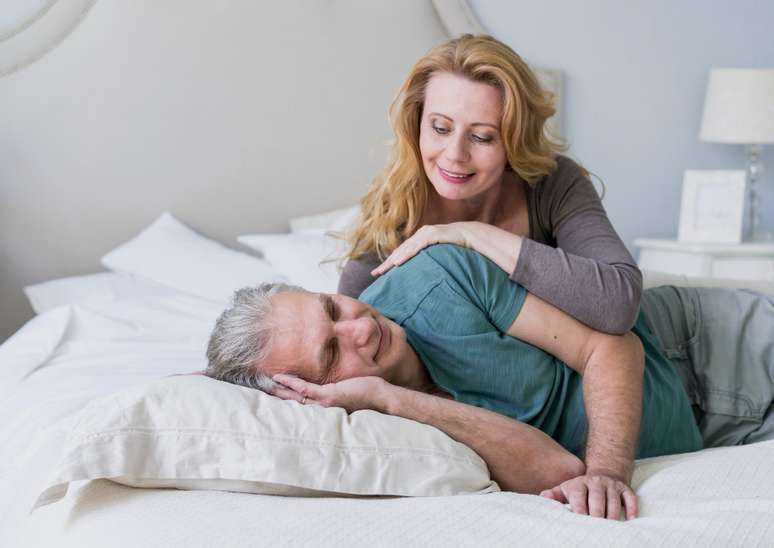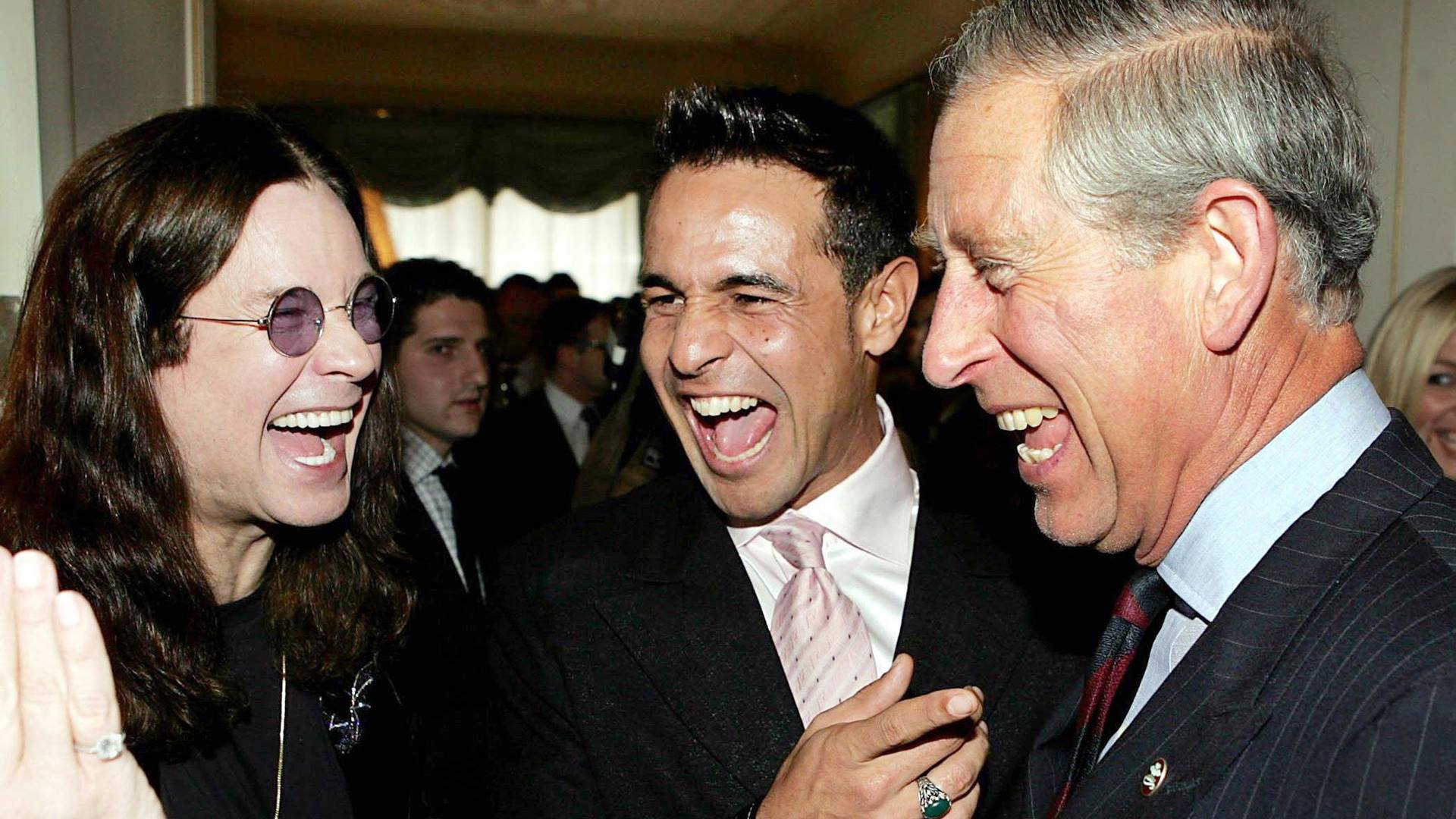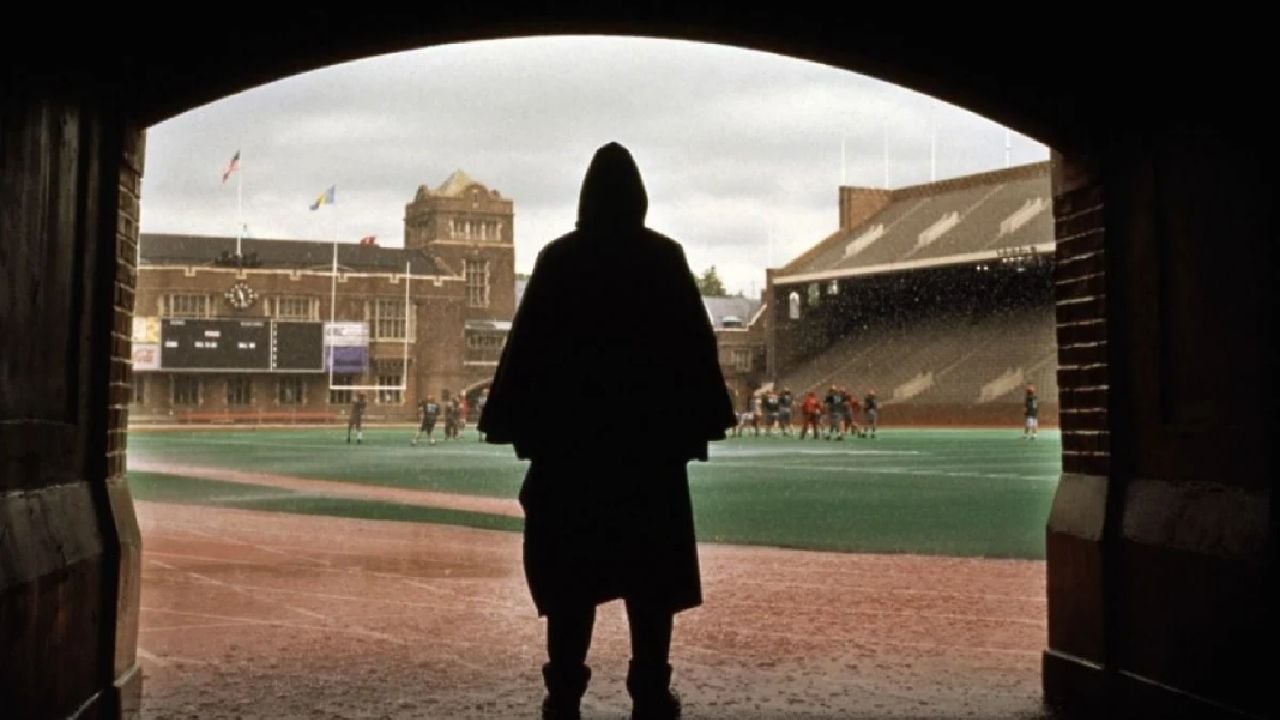During the climacteric and menopause phase, women may experience a decrease in sexual desire. But there are tools to change this scenario.
Climacteric (preceding transition) menopause) and menopause are problems that are part of the life of women from the age of 40 onwards. And one of the signs could be that you have to deal with a low libido.
The symptoms that begin to appear in this phase resemble premenstrual syndrome, but are already symptoms of the Climacteric and, for many women, bring suffering, fear and insecurity.
What happens to our body?
- Hormonal changes: The drop in estrogen and testosterone production directly affects vaginal lubrication and our mind begins to understand that there is no longer any desire.
- Psychological factors: Stress, anxiety, depression, and low self-esteem can inhibit your libido and connection to your body.
- Lifestyle: Lack of physical activity, poor diet, excessive smoking, and, in addition, excessive alcohol consumption contribute to low libido.
Low Libido During Menopause: It’s Time to Reawaken Pleasure
Libido is just one aspect of female sexuality. At this stage of life it is essential to broaden your perspective and seek pleasure in other ways:
- Connecting with yourself: Spend time doing activities that bring you joy and fulfillment, whether it’s hobbies, classes, retreats and experiences, or reading.
- Healthy Relationships: Cultivate strong relationships with friends, colleagues and family. Affection, dialogue and complicity are essential for our well-being and emotional balance.
- Dreams and projects: Return to old dreams or start new projects that motivate you and make you feel alive. Personal fulfillment helps bring more self-confidence and self-esteem.
- Sexuality without pressure: Explore your sexuality without pretensions or expectations. Experiment with new sensations, talk to your partner and seek mutual pleasure.
- Seek professional help: Look for someone who can help you through this process, such as integrative therapists, sex therapists, psychologists, and health professionals who can make a difference at this time.
4 Natural Tools to Tackle Low Libido During Menopause
In addition to hormone replacement, these therapies help increase connection with the body and increase libido:
Dance exercises
They bring this connection with your body. Look for an activity like belly dancing, for example, that can help you create this connection with the body.
Phytotherapy
Peruvian Maca is a great natural remedy for this phase. It is also prescribed by therapists and gynecologists. Learn more about the relationship of maca with libido here.
Aromatherapy
Ylang Ylang essential oil can be a great ally in bringing more self-esteem and self-love. This is because it is considered an aphrodisiac.
Meditation and breathing
Techniques such as mindful meditation and breathing exercises help and control stress, anxiety and promote self-knowledge, intensifying the connection with the body and sexuality.
Solange Lima
Integrative therapist and numerologist. Uses techniques such as flowers,
Aromatherapy, Chromotherapy and Reiki. Provide online services.
atendimento.sol08@gmail.com
Source: Terra
Ben Stock is a lifestyle journalist and author at Gossipify. He writes about topics such as health, wellness, travel, food and home decor. He provides practical advice and inspiration to improve well-being, keeps readers up to date with latest lifestyle news and trends, known for his engaging writing style, in-depth analysis and unique perspectives.









